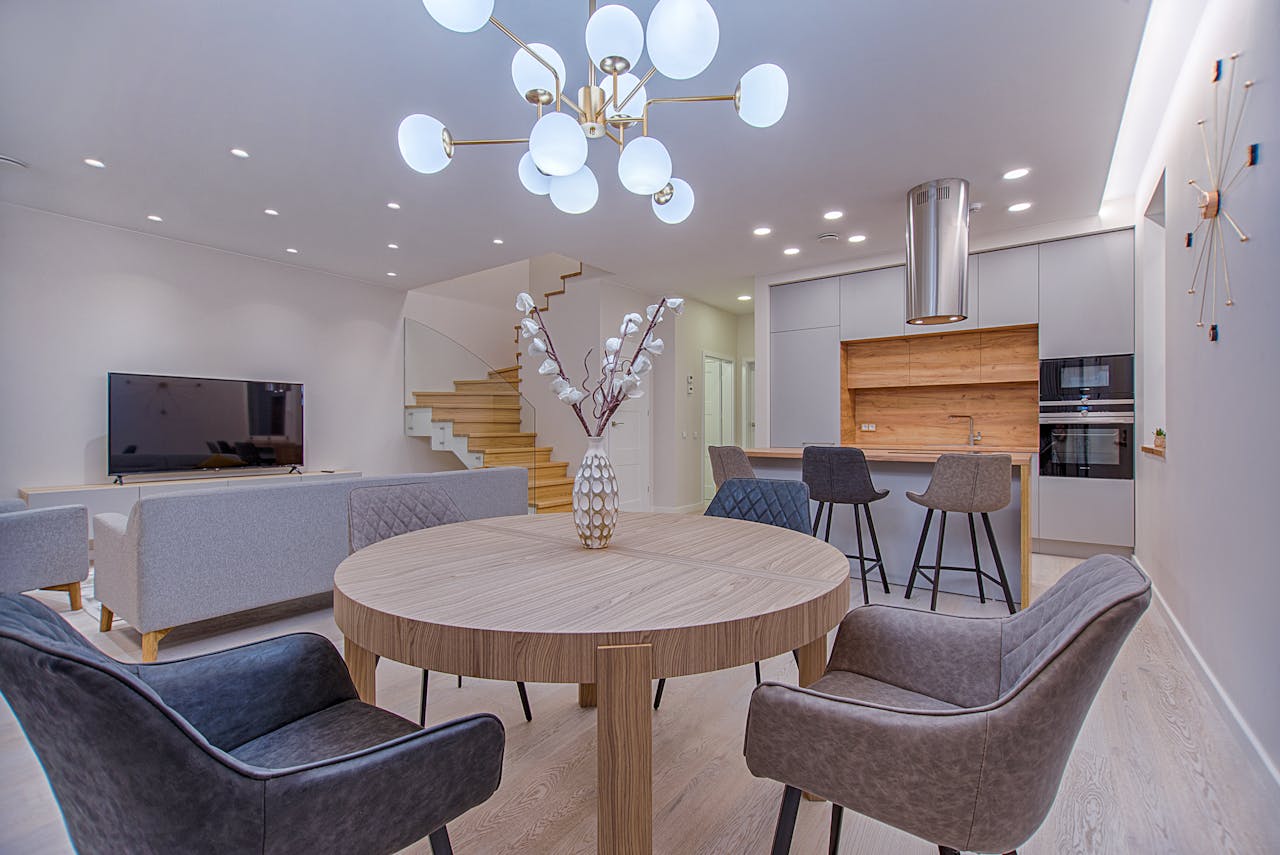Introduction
Interior design is more than just arranging furniture or choosing the right colors; it is about transforming a space into a cohesive, functional, and aesthetically pleasing environment. Interior designers play a crucial role in making this transformation possible, from the initial inspiration to the final implementation. In this article, we’ll explore how interior designers bring ideas to life through creativity, technical skills, and collaboration.
Understanding Client Needs and Vision
One of the first steps an interior designer takes is understanding the client’s needs, vision, and lifestyle. This involves asking essential questions such as: How will the space be used? What mood do the clients want to create? What is their personal style?
Designers focus on how the space needs to function and look, ensuring that it is a reflection of the client’s lifestyle and preferences. Many designers who offer Full-Service Interior Design, like Ali & Shea, start by collaborating closely with clients to establish a comprehensive design plan that aligns with both aesthetic and practical requirements.

Initial Consultations
During the consultation phase, designers often ask clients about their daily routines, future plans, and any specific requests for the space. This discussion helps set the foundation for the entire project. Designers may also review existing elements that the client wishes to keep, such as furniture or artwork, and incorporate them into the new design.
Conceptualizing the Design
Once the client’s needs are clear, the designer moves on to the conceptualization phase. This is where creativity begins to flourish. Designers typically use tools like mood boards and sketches to start visualizing the design. These mood boards can include colors, textures, and furniture ideas that help clients better understand the direction of the design.
Using Technology
Today, many designers rely on advanced design software to bring their ideas to life. Tools like 3D rendering and virtual reality (VR) help clients visualize the final space in great detail. These tools provide a realistic view of the room’s layout, lighting, and finishes, allowing for adjustments before any work begins. With VR, clients can even “walk” through the space before it’s created, offering a more immersive experience.
Refining the Design
After the initial concepts are created, the design is refined. This stage involves selecting specific materials, furniture, lighting, and accessories. Designers focus on balancing aesthetics with functionality, ensuring that the design not only looks beautiful but also serves the intended purpose. This phase often requires designers to create detailed floor plans and elevations, which guide the contractors during the build-out.
Collaborating with Contractors and Vendors
An essential part of bringing design ideas to life is the collaboration between the interior designer, contractors, and vendors. Once the design is finalized, designers work with contractors to ensure that the construction or remodeling work is completed according to plan. They also source materials from trusted vendors, ensuring that everything from tiles to light fixtures fits the overall design vision.
Project Management
Interior designers act as project managers throughout the implementation phase. They oversee timelines, budgets, and quality control, making sure that the project runs smoothly. If issues arise, such as delays in material delivery or unexpected structural challenges, designers find creative solutions to keep the project on track.
Balancing Creativity and Functionality
One of the most important aspects of interior design is balancing creativity with functionality. While designers aim to create visually stunning spaces, they must also ensure that the room functions well for the people who use it. For example, in a small living room, a designer might incorporate multifunctional furniture or smart storage solutions to maximize space without compromising style.
Bringing the Vision to Life
The final phase is bringing the design to life. This is where the design moves from concept to reality. Designers ensure that every element, from paint colors to furniture placement, aligns with the original vision. Attention to detail is critical during this stage, as even minor adjustments can have a significant impact on the final look and feel of the space.
Final Reveal and Adjustments
Once the space is complete, the designer conducts a final walkthrough with the client. Any last-minute tweaks or adjustments can be made at this stage. The goal is to ensure that the client is fully satisfied with the result. Often, designers will make small changes based on feedback, such as adjusting lighting or rearranging furniture to optimize the flow of the room.
Conclusion
Interior designers play a pivotal role in transforming spaces into functional, beautiful environments that reflect the client’s personal style and needs. From initial consultations to the final reveal, designers bring ideas to life by combining creativity, technical skills, and collaboration.
By using modern tools like 3D rendering and VR, and by managing every aspect of the project, interior designers ensure that their visions become reality. If you’re redesigning a single room or an entire home, working with an interior designer can help you achieve a space that is both practical and visually stunning.



